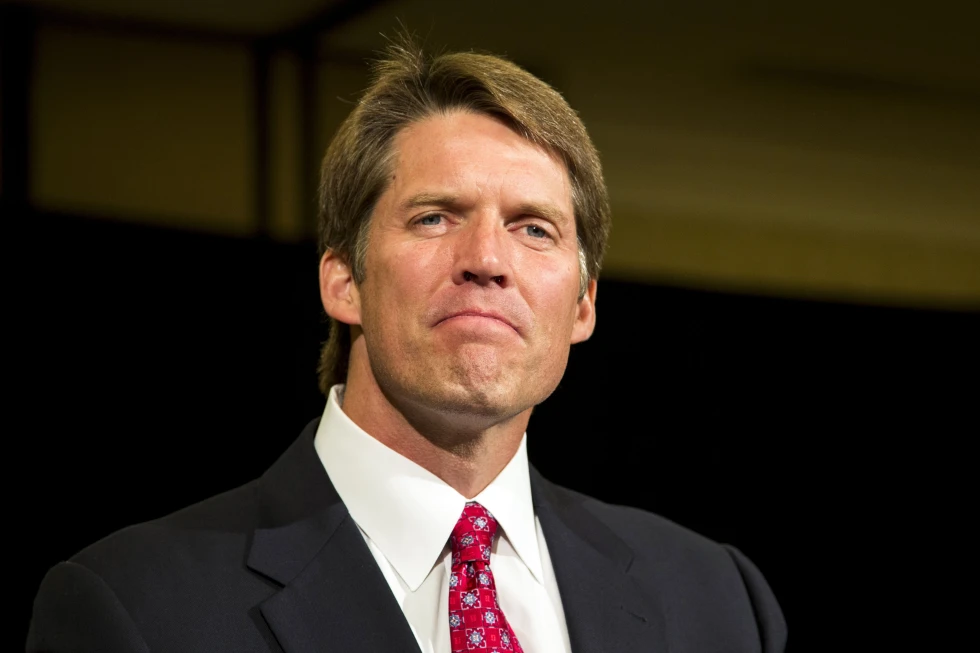The champagne corks were popping on Wall Street after the latest jobs report. Companies are on a hiring tear, unemployment remains near historic lows—it’s a picture of economic sunshine, right? Hold on a second, because, as with any good suspense thriller, there might be a plot twist lurking in the shadows.
The Case for the Hiring Boom:
The headlines scream it loud and clear: The job market is red hot! Companies are adding workers at a rapid pace, with some industries like tech and healthcare experiencing a talent war. Unemployment is hovering at multi-decade lows, meaning more and more people are finding work. This seemingly endless demand for labor has fueled hopes for robust economic growth and even pushed the Federal Reserve towards considering a rate cut to keep the party going.
But Wait, There’s more:
Now, let’s dim the lights and raise the tension a little. While the headline numbers are impressive, a closer look reveals some subtle hints that the market might be shifting gears. Wage growth, a key indicator of worker leverage, seems to be slowing down. Additionally, the number of job openings advertised is starting to plateau. Could this be a sign of companies getting cautious due to global economic jitters or reaching a saturation point in their hiring sprees?
The Plot Thickens:
So, are we witnessing the tail end of a hiring boom or just a temporary blip in the otherwise scorching job market? This is the million-dollar question that has economists on the edge of their seats. The answer will likely play out in the coming months as we see if these subtle trends turn into a full-blown slowdown.
The Suspenseful Finale:
The next job report holds the key to unlocking this mystery. Will it confirm the cooling market theory, sending shivers down the spines of job seekers and potentially pushing the Fed to cut rates? Or will the strong hiring numbers return, solidifying the economic boom and keeping the Fed on hold? Stay tuned, because in the ever-evolving world of the labor market, the plot can take unexpected turns.
The Hot Jobs Market
The recent jobs report has once again highlighted the strength of the US job market. With 275,000 jobs added in February, the economy is on a roll, and the job market is booming. However, this hot job market is a double-edged sword, with both positive and negative consequences.
On the positive side, a strong job market is a boon for workers. With more job opportunities available, workers have greater bargaining power, leading to higher wages and better working conditions. The latest report showed that average hourly earnings rose by 0.1% in February, indicating that workers are starting to see the benefits of a tight labor market.
A strong job market also has a positive impact on consumer confidence and spending, which in turn drives economic growth. With more people employed, consumer spending increases, leading to a virtuous cycle of growth and prosperity.
However, the hot job market also has its downsides. A tight labor market can lead to labor shortages, making it difficult for businesses to find the right talent. This can result in increased labor costs, which can put a strain on profit margins and lead to higher prices for consumers.
Moreover, a hot job market can also lead to inflationary pressures, as businesses pass on higher labor costs to consumers. This can make it difficult for the Federal Reserve to keep inflation in check, leading to higher interest rates and a potential slowdown in economic growth.
The latest jobs report highlights the challenges and opportunities presented by a hot job market. While the strong job growth is a positive sign, it is important to keep in mind the potential downsides. As the economy continues to navigate this challenging terrain, all eyes will be on the Federal Reserve’s policy actions and the upcoming data releases for further clues about the direction of the economy.
Signs of a Cooling Market
Signs of a Cooling Job Market: A Cause for Concern?
The latest jobs report contained signs of a subtle slowdown in the job market, raising questions about the strength of the economy. While the headline number of 275,000 jobs added in February was robust, the report also showed that the unemployment rate ticked up to 3.9%, and wage growth slowed down. These signs of a cooling job market have led some to express concerns about the economy’s prospects.
A rise in the unemployment rate, even if slight, is often seen as a sign of a slowing job market. A higher unemployment rate can lead to a decrease in consumer spending, which in turn can have a negative impact on economic growth. Moreover, a slowdown in wage growth can also have a ripple effect on consumer confidence and spending.
However, it is important to keep in mind that a cooling job market is not necessarily a cause for concern. A gradual slowdown in job growth can provide the Federal Reserve with the room to ease its monetary policy, potentially leading to lower interest rates and a boost to the markets.
Moreover, a cooling job market can also help to ease inflationary pressures, as businesses no longer face the same pressure to pass on higher labor costs to consumers. This can provide a more sustainable foundation for economic growth in the long run.
The latest jobs report highlights the challenges and opportunities presented by a cooling job market. While a slowdown in job growth can lead to a decrease in consumer spending and a potential slowdown in economic growth, it can also provide the Federal Reserve with the room to ease its monetary policy and help to ease inflationary pressures.





